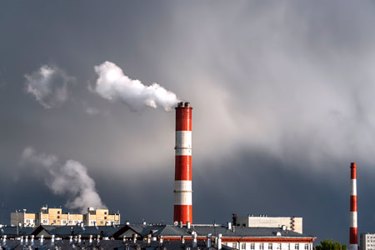Water Treatment In Boilers And Cooling Towers

Boilers and cooling towers share two major water-related problems: deposits and corrosion. As steam is generated by a boiler or water evaporating from a cooling tower, dissolved minerals are left behind, increasing the concentration of these minerals. Additional minerals are introduced via the water added to makeup the water lost to steam/evaporation. Eventually, the minerals reach a level (or cycle) of concentration that will cause either loss of efficiency due to scale or damage from corrosion. This level can be determined by the Ryznar or Langelier indices and correlated to a conductivity or TDS range. Most people recognize problems associated with corrosion. Effects from scale deposits, however, are equally important. For example, as little as 1/8" of scale can reduce the efficiency of a boiler by 18% or a cooling tower heat exchanger by 40%!
Get unlimited access to:
Enter your credentials below to log in. Not yet a member of Water Online? Subscribe today.
